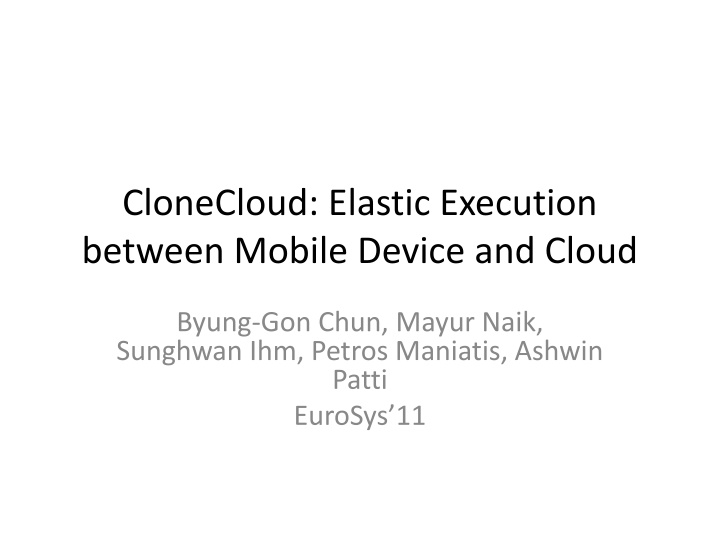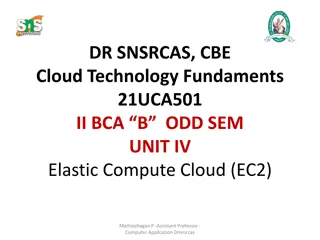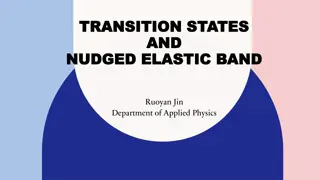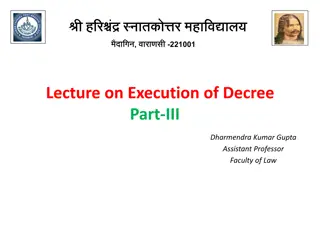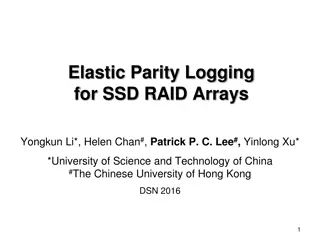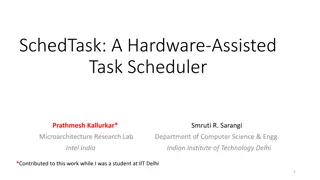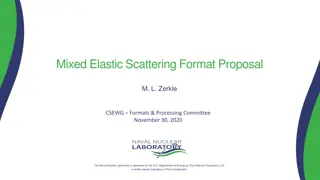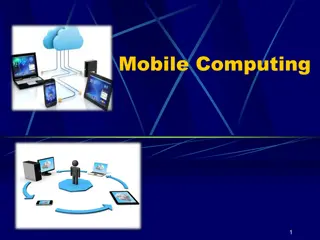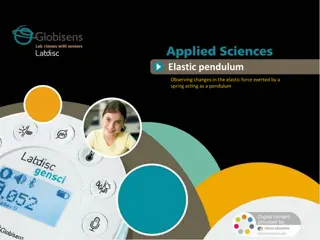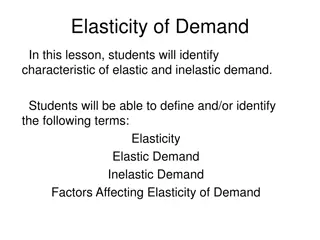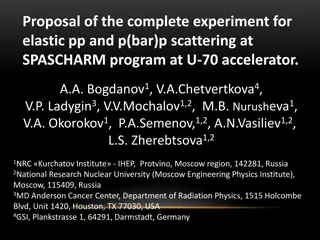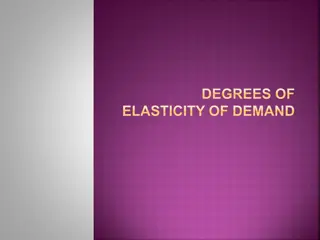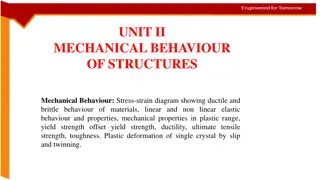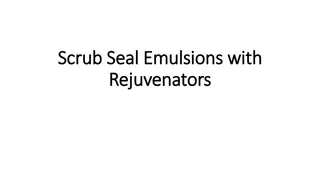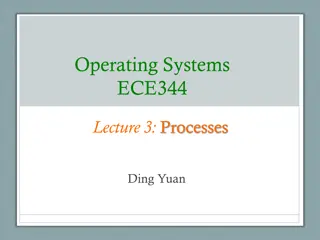Elastic Execution with CloneCloud: Enhancing Mobile Applications
The CloneCloud system introduces elastic execution capabilities, enabling the seamless offloading of resource-intensive tasks from mobile devices to the cloud. Byung-Gon Chun, Mayur Naik, Sunghwan Ihm, Petros Maniatis, and Ashwin Patti present a flexible architecture that optimizes application performance by partitioning, distributing, and executing tasks strategically. Through static analysis and dynamic profiling, CloneCloud efficiently identifies migration points for workload optimization. The system addresses the challenges developers face in resource management and application performance enhancement.
Download Presentation

Please find below an Image/Link to download the presentation.
The content on the website is provided AS IS for your information and personal use only. It may not be sold, licensed, or shared on other websites without obtaining consent from the author.If you encounter any issues during the download, it is possible that the publisher has removed the file from their server.
You are allowed to download the files provided on this website for personal or commercial use, subject to the condition that they are used lawfully. All files are the property of their respective owners.
The content on the website is provided AS IS for your information and personal use only. It may not be sold, licensed, or shared on other websites without obtaining consent from the author.
E N D
Presentation Transcript
CloneCloud: Elastic Execution between Mobile Device and Cloud Byung-Gon Chun, Mayur Naik, Sunghwan Ihm, Petros Maniatis, Ashwin Patti EuroSys 11
Outline Introduction Partitioning Distributed Execution Evaluation Discussion and future work
Motivations and features Applications need more and more resources It is a big problem for developer to split their application CloneCloud is a flexible architecture, can boost the unmodified applications by offloading Static analysis and dynamic profiling to choose migration points
Outline Introduction Partitioning Distributed Execution Evaluation Discussion and future work
Partitioning analysis framework Migration constraints Partitioned binary Location- constrained methods Application binary Static analyzer Optimization solver Profiling inputs Dynamic profiler Cost-annotated executions
Static analyzer: constraints Identify choices for placing migration and re- integration points in the code These points must be method entry and exit points Only allow migration at the boundaries of application methods, not core-system library methods Only allow migration at VM-layer method boundaries, not native method boundaries
Static analyzer: example C.a.entry C.a.entry C.b.entry C.b.entry Mobile device C.b.exit C.b.exit C.c.entry C.c.entry Clone C.c.exit C.c.exit C.a.exit C.a.exit (b) partitioned graph (a) Static control-flow graph
Static analyzer: property 1 Methods that access specific features of a machine must be pinned to the machine E.g. a method uses a local resource such as GPS or sensor in a mobile device the method must be executed on the mobile device These methods are marked with a special annotation M The set contains such methods
Static analyzer: property 2 Methods that share native state must be collocated at the same machine E.g. method 1, method 2, method 3 access native state they need to be collocated at the same machine We assign a unique annotation to all native methods declared in the same class C The set contains all such methods
Static analyzer: property 3 Prevent nested migration Suspend suspend resume resume (X) Suspend resume suspend resume (O) The static analysis builds the static control-flow graph and capturing the caller-callee method relation and exports two relations : method 1 directly calls method 2 : method 1 transitively calls method 2
Dynamic profiler The cost metric uses execution time and energy consumed at the mobile device The profiler is invoked on multiple executions of the application, each using a randomly chosen set of input data, and each executed once on the mobile device and once on the clone in the cloud The profiler outputs a set S of executions, and for each execution a profile tree T and T , from the mobile device and the clone
Dynamic profiler: notations ( execution time) : computation cost , i is the invoked method and l is the location of the invocation It is filled from the profile tree If i is a leaf profile tree node then fill in the node value If i is not a leaf node then fill in i : making invocation i a migrant invocation
Dynamic profiler: notations ( energy consumption) Execution time
Optimization Solver R(m) : the output of the optimizer with each execution, m is every method in the application. If R(m) = 1 then the migration point and re- integrated point will be placed in the entry into the method and the exit from the method. If R(m) = 0 the application binary is unmodified. L(m) : auxiliary decision indicating the location of every method m
Optimization Solver: equation : i is an invocation of m To choose R() so as to minimize
Outline Introduction Partitioning Distributed Execution Evaluation Discussion and future work
Distibuted execution Pick a partition configuration file if reaches a migration point suspend and send state if reaches re-integration point suspend and send state update the state in mobile
Outline Introduction Partitioning Distributed Execution Evaluation Discussion and future work
Environment Mobile: Android device (HTC G1) WiFi and 3G Server: 3.0 GHz Xeon, android x86 Monsoon power monitor to profile energy consumption
Outline Introduction Partitioning Distributed Execution Evaluation Discussion and future work
Future work CloneCloud cannot enable native resources that are not virtualized(e.g. camera on mobile) May enable those access via RPC-like mechanism Perfunctory concurrency Extend this architecture to support full concurrency Assume the environment in which they run clone VMs is trusted Plan to extend the basic system to check that the execution done in the remote machine is trusted
ThinkAir Method A source Execution solver Execution controller Meth od A remot e
